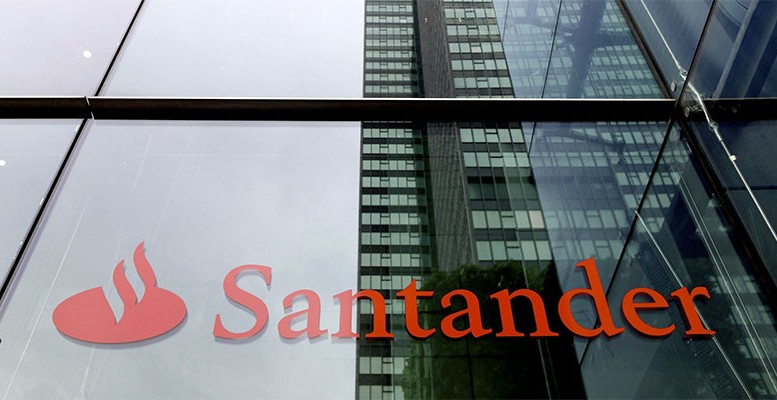Santander’s stock price has recovered its highs prior to the summer of 2015, a period marked by deflationary pressures and political events. Alphavalue’s analysts’ view is that the market is losing its fear of the bank which, up to now, has been underperforming its sector at a European level, particularly in the second half of 2015.
During this period, the share price moved in tandem with oil prices, collapsing -50% during the economic problems in China which led to the devaluation of the Remimbi in August 2015.
For Alphavalue, this is a reminder that despite the rebalancing of the group’s geographical position towards the UK, its exposure to Latin America remains significantly high, notably in the case of Brazil.
Latin America represents almost 30% of its capital and 40% of its pretax profits. The company recovered ground with respect to its sector in the stock markets during the early months of 2016, but the referendum on Brexit upset this recovery. Thanks to various acquisitions, the bank has increased its exposure to the UK, representing nearly 20% of capital and all its profits.
The bank recovered its 2015 highs during the spring of 2017, performing better than its sector and only affected, in a moderate fashion, by the acquisition of Banco Popular.
The end of 2017 was marked by the revelation of the Basel 4 quantitative rules related to the calibration of the RWA. The result was not as tough as expected. Surprisingly, the sector has benefited from the impetus the Basel Committee has given it. The directive, which has shown to have a strong culture for risk management, has built a specialised and geographically diversified group to obtain a lower risk profile.
Although the business is focused on commercial and retail banking, the fact that none of its key markets where the group has a critical mass contributes more than 25% of total profits is part of this risk management.
During 2017, the guidelines of the directive were confirmed in each quarter, particularly in terms of asset quality and excess capital generation. This means that the medium-term target of 20% of RoTE is feasible. The bank will publish its annual accounts on January 31. Using the weighting of six Alphavalue valuation techniques, we have obtained a +13% potential on a 6-month horizon for the Spanish bank.





